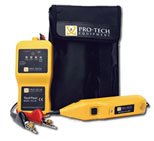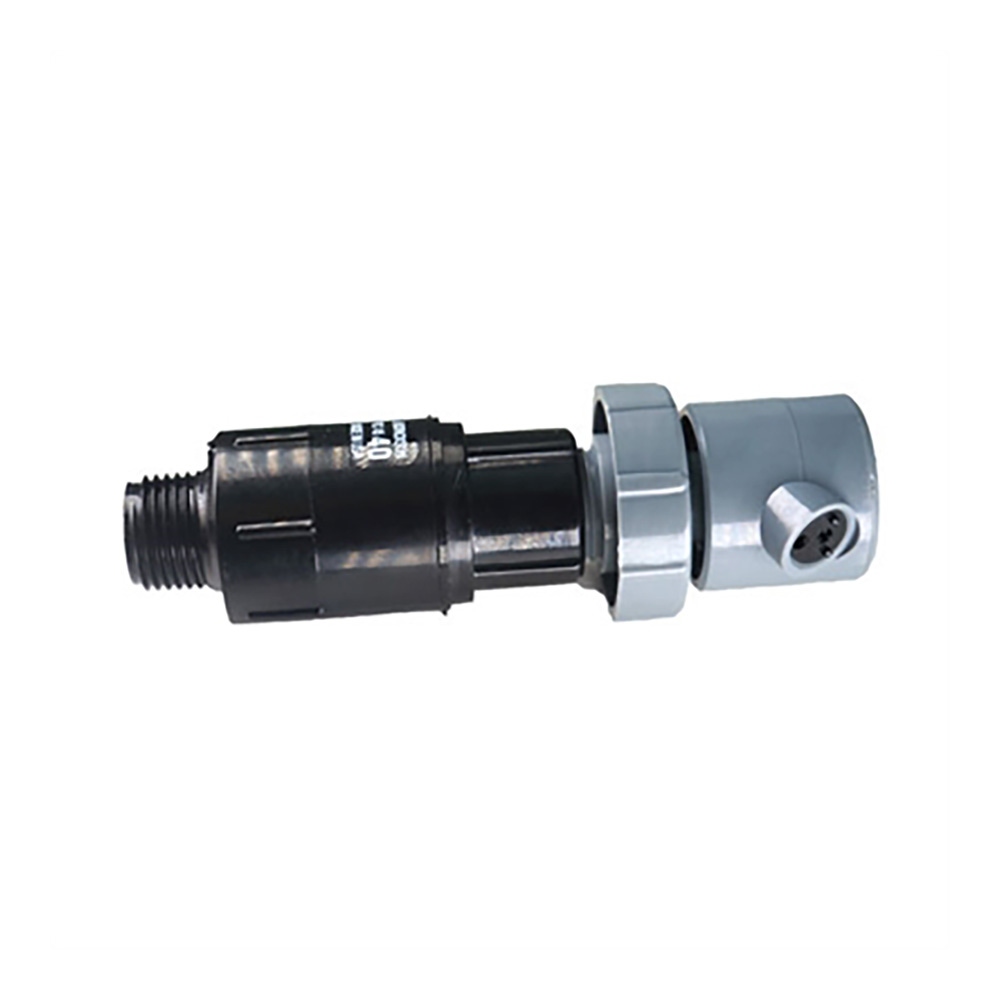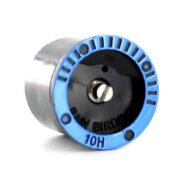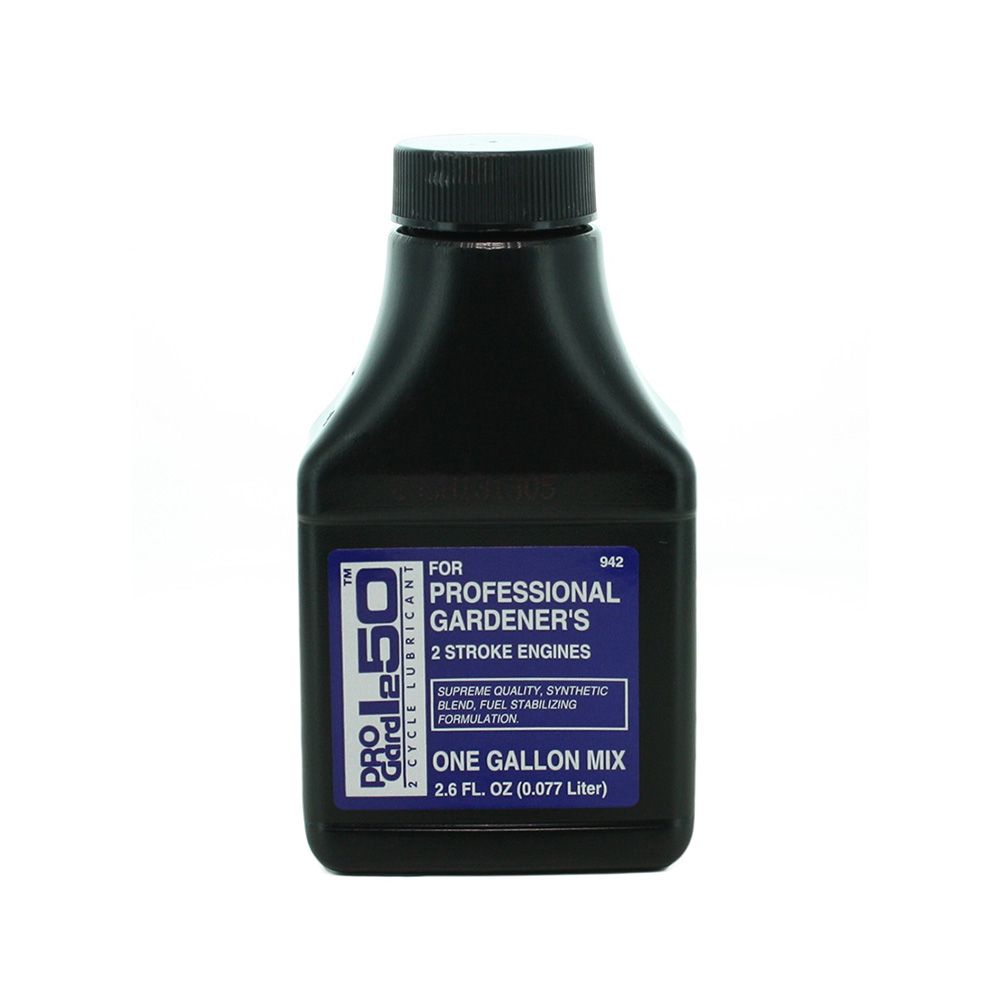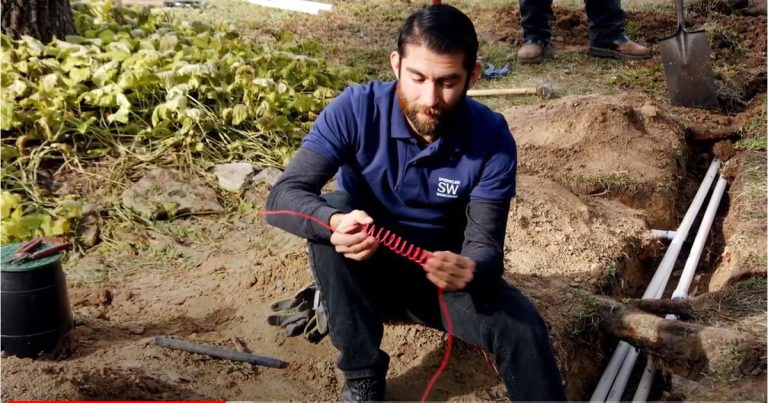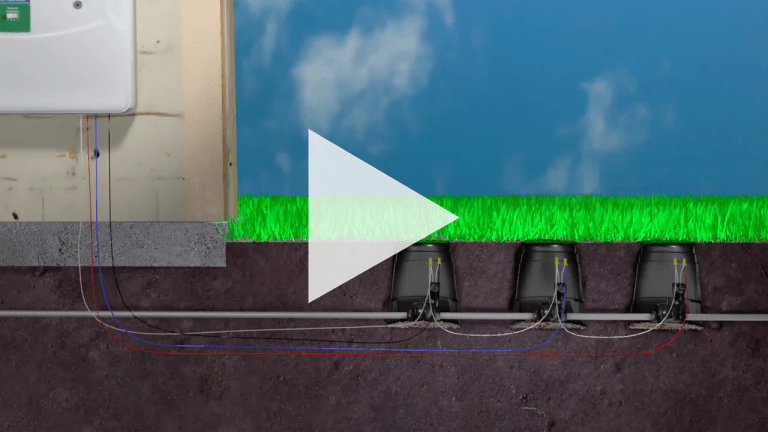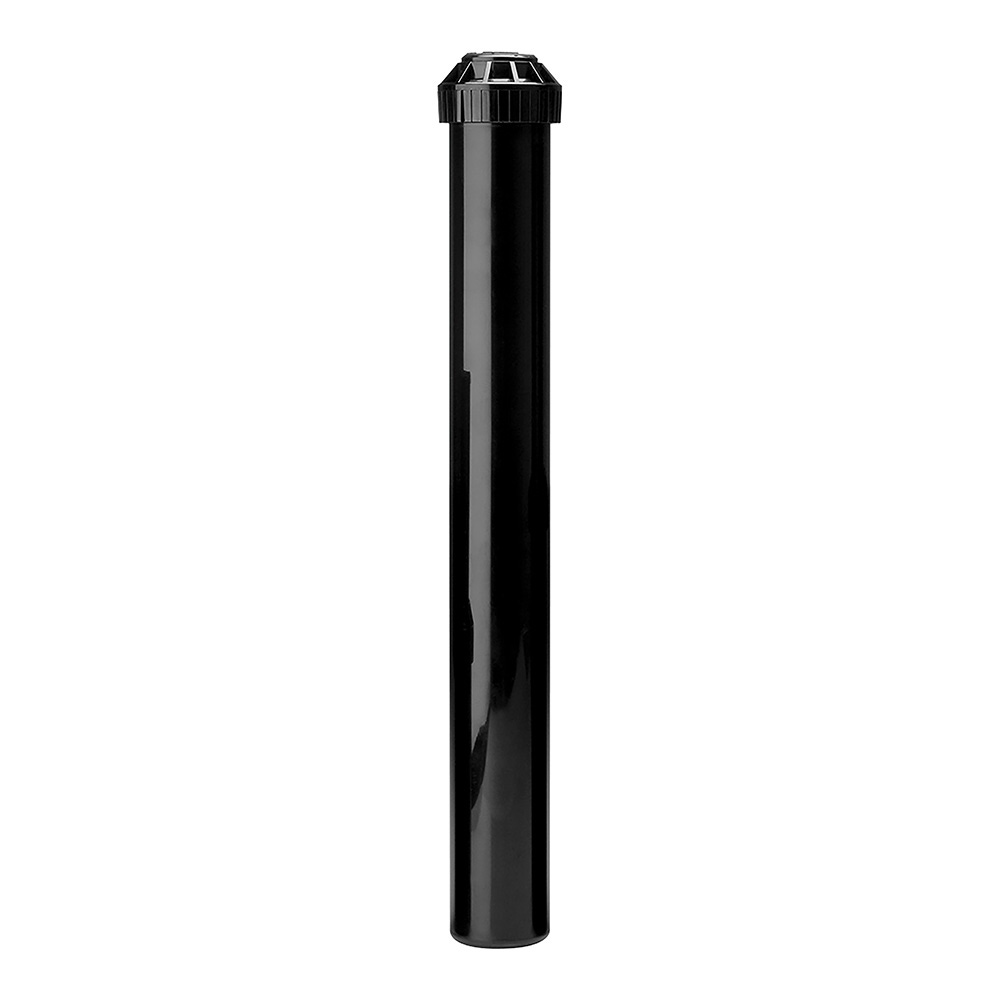Valve solenoid “buzzing” is often caused by inadequate voltage reaching the solenoid. There can be a few causes for this problem. Below are methods on how to test a buzzing irrigation valve solenoid. The tests will help you to evaluate the possible causes and solutions to fix your buzzing valve solenoid.
Testing A Buzzing Irrigation Valve Solenoid
A valve solenoid is an electromagnetic device that makes an irrigation valve open and close. An irrigation controller (timer) is an automatic electrical control station that sends an electrical 24-volt impulse to the valve along a lead wire. The common wire from the controller completes the circuit.
The solenoid will softly buzz when it is on and to will click when it turns on or off. It is NOT normal to hear it make a loud buzzing sound.

Are all of your valves operating from the same irrigation controller and do all these valves buzz?
Yes: The brand of valves may be slightly louder than other brands, contact the manufacturer to determine if the noise you hear is normal for your model. If the manufacturer says the noise is not normal the problem is most likely either a bad controller or a bad common wire.
To check this perform Test 1 below.
No: if only a few solenoid valves in a zone are making a buzzing noise then go to the next question.

Is just ONE (or a couple) solenoid buzzing?
If only one or two valves are making a buzzing sound it could be those particular circuits on the controller are faulty. You can check the circuit by switching the wires from a circuit that works into the slot for the valve that has the buzzing solenoid. If the valve no longer buzzes after the wires have been switched then the circuit on the controller is faulty. Should there happen to be any functional empty circuits you can switch the wires into those slots.
If the solenoid is still buzzing, you should continue to TEST 2 below and check the wire leads on the valve. If they are ok then the problem looks like it may not be a wiring issue but with the valve or solenoid. Continue then to TEST 4 by cleaning the solenoid and valve. If you still have a buzzing sound coming from your solenoid you should replace the valve guts (or the entire valve in addition to the solenoid.
Purchasing the test equipment will make the testing process much easier.

Check The Wiring From The Irrigation Controller
You can check the wiring from the controller with an electronic repair tool like the model shown below or you can make a simple homemade valve activator to check that your wiring is good. To check the wiring with a valve activator you will need to disconnect the common wire (usually white). Then disconnect one of the colored wires from the controller. Now connect both the common wire and the colored wire to your valve activator.
If Solenoid no longer buzzes If the solenoid no longer buzzes the problem is most likely the controller and it will need to be replaced. To test the controller using an electronic repair device simply follow the manufacturer’s instructions. If the device will indicate if your controller is faulty.
If Solenoid still buzzes Perform Test 2

Check The Wiring On Each Irrigation Valve: Test A Buzzing Irrigation Valve Solenoid
Detach the wires on your valves and connect each wire to your valve activator. It does not matter which wire goes on the positive or negative side of your battery-made valve activator.
If Solenoid no longer buzzes If the solenoid no longer buzzes the problem is most likely wiring from your controller or the controller itself. Replace the controller.
If Solenoid still buzzes The valve is either dirty or the solenoid is bad.

Check The Irrigation Controller / Timer
To check the controller you will need to purchase an irrigation testing device. Follow the manufacturer’s instructions on how to operate the device. The repair device will indicate if the controller needs to be replaced. Without a device, you can determine if the controller has gone bad by a process of elimination after performing Test 1 and Test 2.

Clean The Irrigation Valve And Solenoid.
Turn off the water. Unscrew the solenoid from the valve. With the solenoid removed from the valve turn on the water. It is normal to have water spray out of the place the solenoid was. You may notice bits of debris in the water. If no water is coming out there might be something blocked in the passages underneath where the solenoid was positioned on the valve.
To perform a thorough cleaning remove the lid from the valve (normally held on with screws) and clean out the interior of the valve. You may want to make a quick sketch to make sure you re-assemble the valve correctly. Next, clean the solenoid as well as the plunger. Make sure you clean well under where the solenoid was positioned on the valve. The plunger should easily slide into the solenoid. If it does not move easily in and out or doesn’t spring back you will need to replace the valve.
Now test the valve again using either an electronic repair tool or a valve activator. If your solenoid is still making a buzzing noise the problem is a bad coil in your solenoid. Replace your solenoid as well as your valve. You also can simply purchase the same brand and model of your existing valve and just replace the diaphragm. If replacing a solenoid it is always a great idea to go ahead and also replace the valve at the same time. Once your solenoid goes it is only a matter of time until the parts of the valve start to malfunction too.
If the Solenoid no longer buzzes After the valve and solenoid are cleaned the problem was a dirty clogged valve. No further action needs to be taken.
If Solenoid still buzzes The solenoid and or valve need to be replaced.
Solutions For Working Around Wiring Issues: Test A Buzzing Irrigation Valve Solenoid
2-Wire Irrigation Controllers
You can use a controller that uses only 2 wires. An option if you have at least 2 good wires. The downside is that it is only cost-effective if you are operating over 32 valves on these two wires.
Battery & Solar Powered Controllers
Battery & Solar Powered Controllers controllers are installed at valve locations and are powered using a battery or solar battery charger.
Double Up Devices or “Add-A-Zone” These are devices that allow you to install two valves on the same wire.
There Are Many Great Electronic Repair Tools Available That Can Perform A Variety Of Functions To Help Locate Problems Quickly In Your Irrigation System.
Hand Pumps Are An Invaluable Tool When Making Valve Repairs.






















